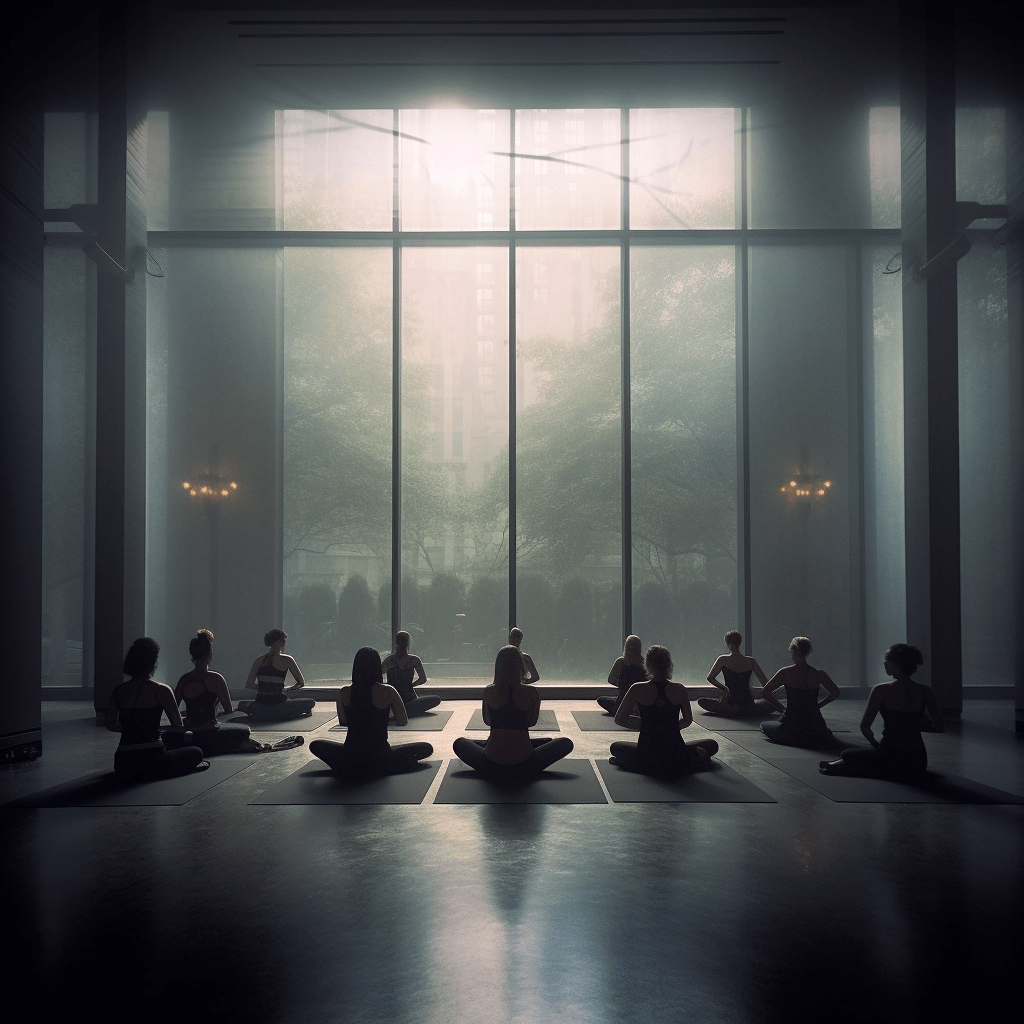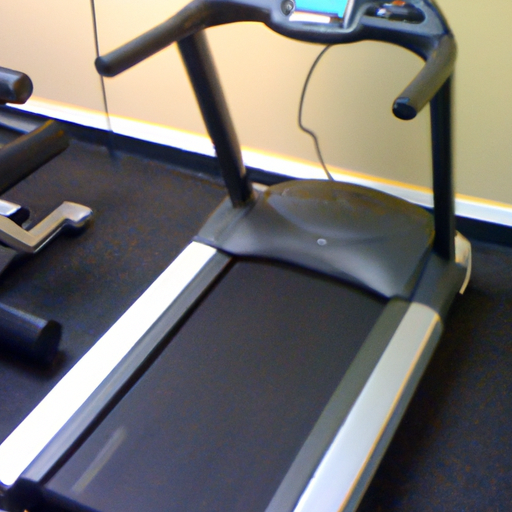The Benefits of Yoga for Physical and Mental Well-being
As an Amazon Associate I earn from qualifying purchases.
Yoga for Physical and Mental Well-being – A total Approach
Introduction
As someone who has personally experienced the transformative power of yoga, I can attest to its incredible benefits for both the body and mind. Yoga has gained immense popularity in recent years for its ability to promote overall well-being. In this article, we will explore the numerous advantages of practicing yoga, including its physical and mental benefits. So roll out your mat and join me on this enlightening journey.
The Physical Benefits of Yoga
Yoga is not just about striking impressive poses; it offers a multitude of physical benefits as well. Regular yoga practice can greatly enhance your flexibility, enabling you to move with greater ease and grace. With each pose, you will feel your muscles lengthen and strengthen, improving your overall strength and toning your body. Additionally, yoga helps correct and maintain proper posture, reducing the risk of back pain and other musculoskeletal issues.
One of the remarkable aspects of yoga is its ability to alleviate chronic pain. Whether you suffer from lower back pain, joint discomfort, or stiffness, yoga offers gentle yet effective movements that can provide relief and promote healing. Moreover, engaging in yoga regularly can improve cardiovascular health by increasing blood circulation and enhancing heart function. It also has a positive impact on immune function, helping to strengthen your body’s natural defense mechanisms.
To experience the physical benefits of yoga, you can incorporate various poses and sequences into your practice. For example, the downward-facing dog pose stretches the entire body, while the warrior series builds strength in the legs and core. The bridge pose is excellent for strengthening the back and glutes, while the tree pose improves balance and stability. By exploring different poses and sequences, you can target specific areas of the body and reap their unique benefits.
The Mental and Emotional Benefits of Yoga
In addition to its physical advantages, yoga is renowned for its profound impact on mental and emotional well-being. When you step onto the mat and immerse yourself in the practice, you enter a world of tranquility and self-discovery. The combination of physical movement, focused breathing, and mindful awareness cultivates a state of deep relaxation, reducing stress levels and promoting inner calm.
Yoga is a powerful tool for managing anxiety and depression. The meditative aspects of the practice help quiet the mind, allowing you to detach from negative thoughts and emotions. By focusing on the present moment and connecting with your breath, you can experience a sense of serenity and find relief from the overwhelming weight of anxiety and depression.
One area where yoga truly shines is in improving sleep quality. The soothing nature of the practice and its ability to induce relaxation can help you achieve a restful night’s sleep. By incorporating gentle stretches and calming breathing exercises into your bedtime routine, you can prepare your body and mind for a peaceful slumber. With better sleep, you’ll wake up feeling refreshed and revitalized, ready to embrace the day ahead.
Yoga for Mind-Body Connection
Yoga is not just a physical exercise; it is a journey of self-discovery that fosters a deep connection between the mind and body. Through the practice of yoga, you become more aware of your body’s sensations, thoughts, and emotions. The deliberate movements and focus on breath enable you to be fully present in the moment, promoting mindfulness and enhancing your overall well-being.
Breathing techniques, or pranayama, play a significant role in yoga and can have a profound impact on regulating emotions and promoting mental clarity. By practicing deep breathing exercises, such as alternate nostril breathing or the three-part breath, you can bring balance to your nervous system, reduce stress, and enhance mental focus. The rhythmic flow of breath becomes an anchor that keeps you grounded and centered during your practice.
Different Styles of Yoga
Yoga offers a variety of styles, each with its own focus, intensity level, and unique characteristics. Here are a few popular styles you might come across:
- Hatha Yoga: This style focuses on the foundational poses and breathing techniques, making it suitable for beginners and those looking for a gentle practice.
- Vinyasa Yoga: Known for its dynamic and fluid movements, Vinyasa yoga synchronizes breath with continuous flowing sequences. It offers a more energetic and challenging practice.
- Ashtanga Yoga: Ashtanga follows a set sequence of poses, offering a structured and physically demanding practice. It emphasizes strength, flexibility, and breath control.
- Bikram Yoga: Also known as hot yoga, Bikram yoga takes place in a heated room. It consists of a series of 26 poses performed in a specific order, aimed at detoxification and improved flexibility.
The choice of yoga style depends on your personal goals, preferences, and physical abilities. If you are a beginner, starting with Hatha or a beginner-friendly class is a great way to familiarize yourself with the practice. As you progress and gain more confidence, you can explore other styles to challenge yourself and deepen your practice.
Getting Started with Yoga
If you’re new to yoga, getting started may feel intimidating. However, with the right guidance and a willingness to explore, you’ll find that yoga is accessible to everyone. Here are some tips to help you embark on your yoga journey:
- Find a Qualified Instructor: Look for a qualified yoga instructor who can guide you through the practice and ensure proper alignment. Attending in-person classes or exploring online resources with reputable instructors can provide the guidance you need.
- Choose the Right Mat and Props: Invest in a good quality yoga mat that offers sufficient cushioning and grip. Depending on your practice, you may also benefit from props such as blocks, straps, or bolsters to assist you in certain poses.
- Create a Peaceful Space: Designate a specific area in your home where you can practice yoga without distractions. Make it a tranquil space by adding plants, candles, or soft lighting to enhance the ambiance.
Incorporating Yoga into Daily Life
Even with a busy schedule, it’s possible to incorporate yoga into your daily routine. Here are some suggestions to help you make yoga a consistent part of your life:
- Dedicate Time for Practice: Set aside dedicated time each day for your yoga practice. It can be as little as 15 minutes in the morning or before bed. Consistency is key, so make it a non-negotiable part of your schedule.
- Integrate Yoga Throughout the Day: You don’t have to limit yoga to your mat. Incorporate short yoga poses or breathing exercises during breaks at work, while waiting in line, or whenever you have a few moments to spare.
- Focus on Progress, Not Perfection: Remember that yoga is a journey, and progress comes with time and practice. Avoid comparing yourself to others and embrace the beauty of your own unique journey.
Conclusion
In conclusion, the benefits of practicing yoga extend far beyond physical exercise. Yoga positively impacts both the body and mind, enhancing flexibility, strength, and posture while reducing chronic pain and improving cardiovascular health. On a mental and emotional level, yoga promotes stress reduction, anxiety relief, and improved sleep quality. It fosters a mind-body connection, cultivates mindfulness, and regulates emotions through the power of breath. With various yoga styles to choose from, you can find the one that suits your goals and preferences. Remember, getting started with yoga is about taking that first step and committing to a practice that nourishes your body and soul. So roll out your mat, embrace the journey, and let yoga transform your life.
FAQs
Can I practice yoga if I’m not flexible?:
Absolutely! Flexibility is not a requirement to start practicing yoga. Yoga is designed to improve flexibility over time, and every pose can be modified to accommodate different body types and abilities.
Can yoga help with weight loss?:
While yoga alone may not lead to significant weight loss, it can be a valuable component of a holistic weight management plan. Regular yoga practice supports mindful eating, physical activity, and stress reduction, all of which contribute to overall well-being and healthy weight management.
What should I wear for yoga?:
Wear comfortable, breathable clothing that allows for unrestricted movement. Choose materials that absorb sweat and avoid clothing that may hinder your practice or distract you during movements.
How long should a yoga session be?
The duration of a yoga session depends on your availability and preference. It can range from 15 minutes to over an hour. The key is to establish a consistent practice, even if you start with shorter sessions and gradually increase the duration as you progress.
Can yoga be practiced during pregnancy?:
Yoga can be beneficial during pregnancy, but it’s important to consult with your healthcare provider and seek guidance from a prenatal yoga instructor. Prenatal yoga classes are specifically designed to support the changing needs of pregnant women and ensure a safe practice.
Remember, the journey of yoga is unique for everyone. Listen to your body, honor your limitations, and embrace the transformative power of this ancient practice.
Amazon and the Amazon logo are trademarks of Amazon.com, Inc, or its affiliates.






